Manta Trust
Mantas in the Maldives
Research and Conservation
--> Visit the Manta Trust Website <--
Most commonly found in warm tropical waters, manta rays are pelagic creatures that travel alone and in groups known as a squadron. Despite weighing more than 3,000 pounds, manta rays feed on small aquatic life like plankton. Pelagic life enthusiasts are drawn to manta rays not only because of their size but for their playful, curious temperament, and without any teeth or sting, they are perfectly safe to swim alongside. Mantas are believed to be extremely intelligent as they have the largest brains of all fish, and they live up to around 40 years. They are also creatures of habit, often returning to the same “cleaning stations” where smaller animals feed off the parasites on their bodies.
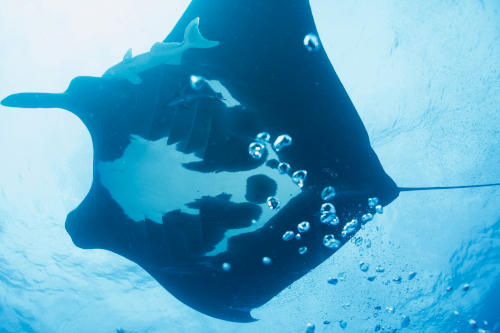

Reef mantas, a large ray species, frequent Maldivian waters all year round but exist primarily in the western side of the atolls from November to April and on the eastern side from May to October. Scuba divers frequent the Baa and Addu atolls. The Baa atoll draws in hundreds of manta rays to feast on the zooplankton each year. Here, the mantas coexist with other creatures like whale sharks. At the Addu Atoll, manta rays glide through the water year-round, some of which have a wingspan of more than five meters.
Despite their significant presence in the ocean and admiration from divers, manta rays remain a mystery. Formed in 2011, the Manta Trust is dedicated to research that furthers understanding and works to conserve rays and their habitats. Unfortunately, according to the International Union for Conservation of Nature, the species are considered vulnerable due to pollution and commercial fishing threats. In response, the organization is founded on protecting this unique species of aquatic life.
The Manta Trust’s team has over 20 projects across the globe and collaborates with businesses, governments, individuals, and local communities to execute them. The organization is committed to education, specifically in using manta rays as an introduction to ecosystem conservation as a whole to ensure the long-term survival of these creatures.
The organization has also cataloged more than 5,100 manta rays in its database. This is done by logging the spot patterns on their stomachs as each manta ray’s spot pattern is unique, essentially acting as a fingerprint. In turn, this is used to track the mantas to learn their migration patterns, find which habitats are essential to their feeding and reproduction, and thus aids in the organization making educated decisions over how to best manage and conserve this species. Manta ray fanatics can take part in this effort to catalog the creature as the Manta Trust has an online portal in which people can submit images of manta ray stomachs that they find from their diving and snorkeling adventures.
In 2020 alone, the organization published 11 peer-reviewed papers exploring genetic analysis, behavior, and migration patterns. In addition to their research, the Manta Trust works with Fish Free February to raise awareness about the dangers of commercial fishing and works alongside the Protect Maldives Seagrass campaign to encourage businesses to protect seagrass beds instead of causing harm to them. The organization also played a role in adding manta rays to the Maldives’ protected species.
The Manta Trust Maldives Team
--> Visit the Manta Trust Website <--
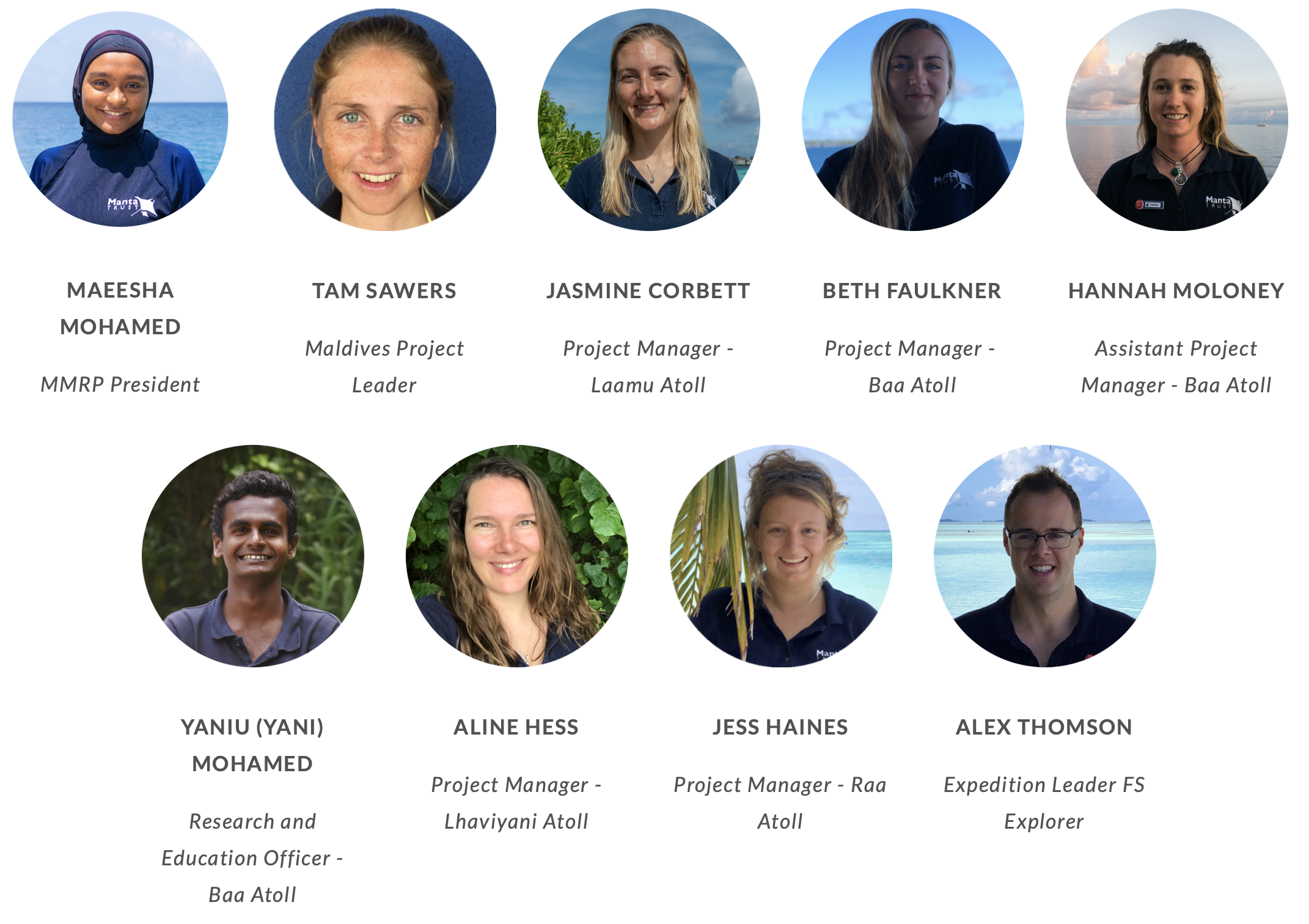
Using the Pandemic Wisely
Deep Blue Dive Center
Aqaba, Jordan
Like all dive centers around the globe, Deep Blue Dive Center in Aqaba, Jordan, was hit hard by the pandemic. Jordan closed its doors to tourists and required all tourism-related businesses, including dive shops, to be shuttered as well for several months.
Once employees could return to work, they did so. Tourists were still not allowed in Jordan, but there were a few guests coming from Amman and other parts of the country. Because the staff were not very busy, they began to focus their efforts on dive cleanups and started the Deep Blue Cleanup Team.
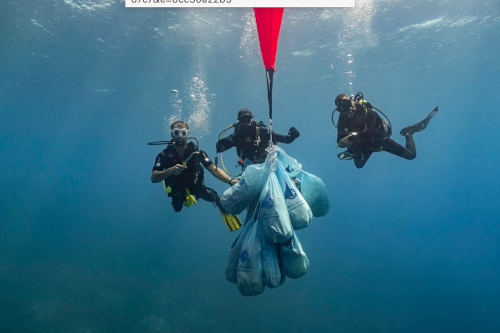
They made a concerted effort to rid a nearby dive site of years and years of fishing line, cleaning the newly opened Underwater Military Museum of the single-use plastic and aluminum cans that blow in off the shore of the public beach, and their house reef. From December 15th – June 29th they cleaned 1230 kilos of debris. Anywhere from 2 to 5 volunteer divers joined the staff in these cleanups. The dive center did not charge any of the volunteers for dives and if they wanted to do a fun dive afterward, they did so offering a 20% discount.
Every one of those kilos of debris were sorted, counted, and weighed according to PADI Project Aware and then the data was uploaded on the Project AWARE website. Deep Blue partnered with their next-door neighbor, H&S Watersports, in these cleanup campaigns. The staff of H&S did several shore cleanups and gathered loads of plastic bottles, cigarette butts, plastic bags, and other items. In addition, two volunteers at the dive shop did a Go Fund Me campaign to help pay staff salaries for cleanups. They successfully raised $2835, exceeding their goal of $2800. And Deep Blue management was able to find other creative ways of funding salaries for the cleanups as well. All of this helped keep staff on board during the challenge of the pandemic.
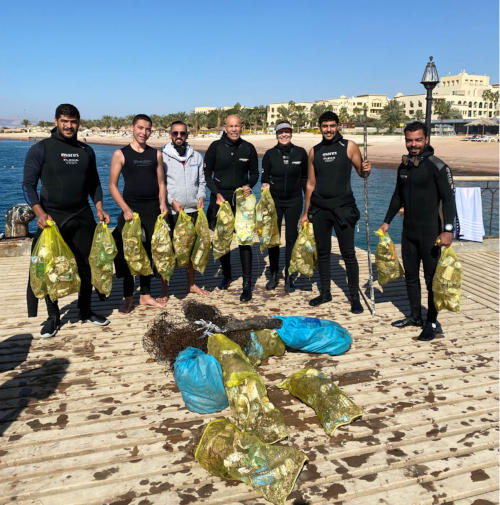
When business started picking up after Jordan’s reopening to tourists, the cleanup campaign was slowed, but the effect of the work they did was apparent. Mohammed Leddawi, the Operation Manager, and owner of Deep Blue also used the downtime to give the business a facelift, ensure that all equipment was in top shape, ensure Covid measures were put in place, and work on improving the dive boats through remodels and refurbishing. All of this to improve customer experiences.
Slowly the dive center is rising from the pandemic. The pandemic was tough, and still is, on tourism-related businesses, but Deep Blue staff kept up good spirits though continuing to work hard and showing their love and concern for healthy reefs through regular cleanups.
Learn more about Deep Blue Dive Center at: https://www.deepbluedivecenter.com


Smooth Handfish Extinction Marks a Sad Milestone
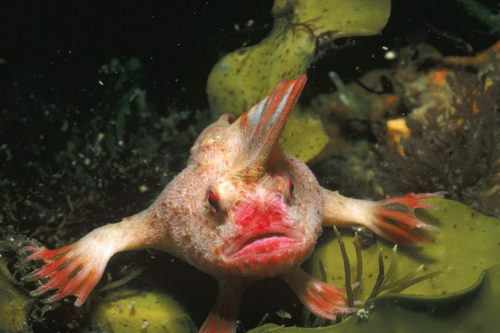
For centuries humans believed the ocean was so vast that it was impossible to do it measurable harm. But we now know human activities can destroy critical marine habitats, dangerously pollute seawater and make sea environments more acidic. Overharvesting has disrupted food chains and directly pushed many ocean species into the critically endangered category—and has driven some animals, including Steller's sea cow, into total extinction. This past March the smooth handfish officially became the first modern-day marine fish to be declared extinct.
Handfish are a family of 14 unusual bottom-dwelling species related to deep-sea anglerfish. Unlike most other fishes, they do not have a larval phase and do not move around very much as adults; these traits make them sensitive to environmental changes, according to Graham Edgar, a marine ecologist at the University of Tasmania. “They spend most of their time sitting on the seabed, with an occasional flap for a few meters if they're disturbed,” Edgar says. “As they lack a larval stage, they are unable to disperse to new locations—and consequently, handfish populations are very localized and vulnerable to threats.” In 1996, he adds, another species called the spotted handfish was the first marine fish listed as critically endangered on the International Union for Conservation of Nature (IUCN) Red List.
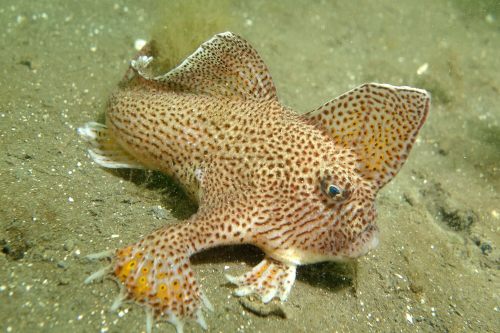
The smooth handfish was once common enough to be one of the first fish species described by European explorers in Australia. Now none has been reported in well over a century, despite frequent scientific sampling in its known range (including by Edgar and his colleagues). Red List guidelines officially define “extinct” as meaning “there is no reasonable doubt that the last individual has died.” Edgar and the members of Australia's National Handfish Recovery Team were forced to that conclusion earlier this year, and the Red List placed it in the extinct category. Scientists are unsure exactly what finished off the species, but others in the region are threatened by trawl fishing, pollution and climate change.
Article courtesy of Scientific American ( scientificamerican.com )
Quino El Guardian Liveaboard
Citizen Science Expedition - November 4-11, 2017
In Search of Mobula Rays - $2200 Per Person Quad Occupancy
Contact us by email for complete details about this amazing adventure with marine biologists Marta D. Palacios and Frida Lara Lizardi.
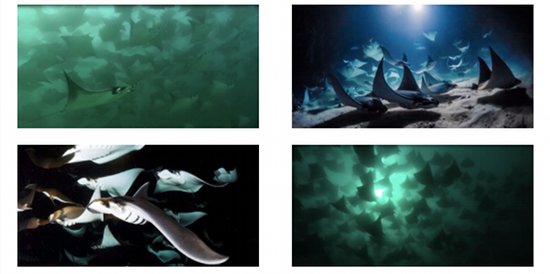
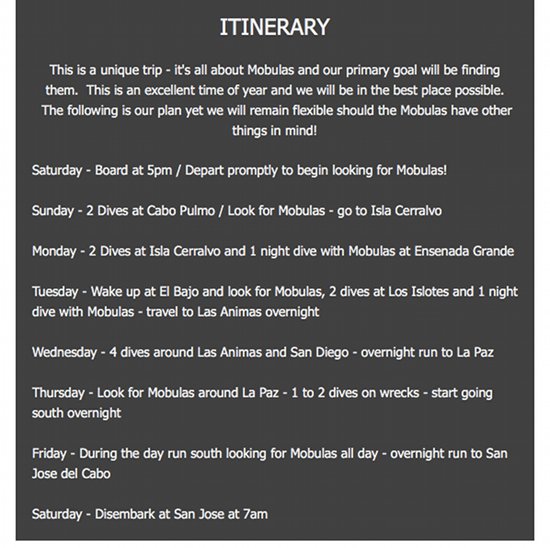
Ethical Travel & Dive Destinations
Here are some of the Top 10 Ethical Travel Destinations for 2015 as rated by Calfornia-based Ethical Traveler. If you are interested in a true adventure to a destination that cares for its natural resources and protects the marine environment, give us a call and we will get you to one of these destinations…!
Samoa - recently co-signed a $1 million project for improving biodiversity and managing threats of climate change.
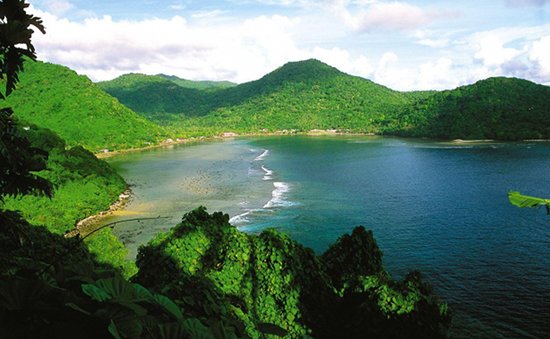
Tonga - Ha'aapai will become Tonga's first island to institute organic farming. Tonga is also an amazing place to experience dives with whales.
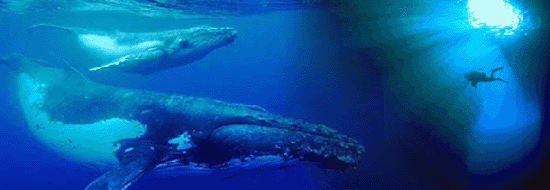
Dominica - clean energy initiative, concern for wildlife, and resistance to commercial whaling earn this island paradise high marks. Known as the Nature Isle, Dominica lives up to its reputation.
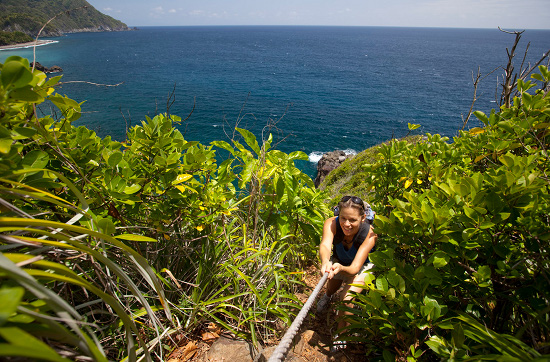
Palau - designated an Environmental Stat because of its extensive care of marine and terrestrial areas. And of course, Palau is one of Micronesia's premier dive destinations.
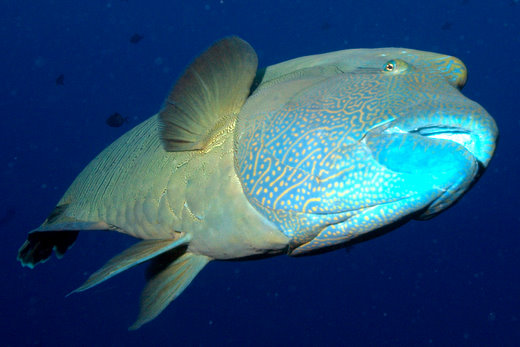
Mauritius - has embarked on a program to plant 200,000 trees by the end of 2014. The African country is also praised for its social services. As yes, you can find some amazing scuba diving in the Mauritian waters.
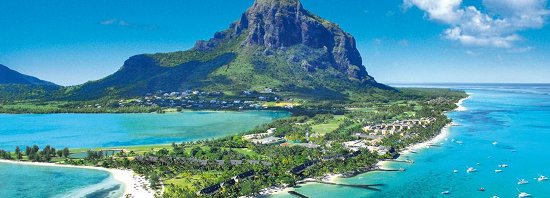
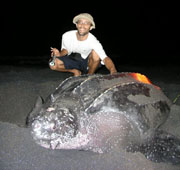
Plan a trip now to Dominica to participate in the annual sea turtle hatch, a popular island activity between March and August, and support sea turtle conservation. Experience adventure on land, fantastic diving, and help save sea turtles all in one great trip..!
Hawksbill, Leatherback and Green turtles have been seen on Rosalie Bay Beach, Londonderry Beach and Bout Sabe Beach in LaPlaine. The island anxiously awaits the arrival of the first female sea turtle to swim ashore to dig her nest and lay her eggs. After a gestation period of 8-10 weeks, the hatchlings emerge from the nest before finding their way back to the sea.
Under the watchful eye of the Dominica Sea Turtle Conservation Organization, visitors to the island can be added to the “turtle alert” list to stay updated on the nighttime arrival of turtles. The sea turtle hatch offers visitors a once-in-a-lifetime experience for those who brave this nocturnal challenge! A representative of the Nature Enhancement Team (NET) ensures that spectators follow the rules for interacting with and watching the turtles. The team also records turtle activity, nests and hatchings.